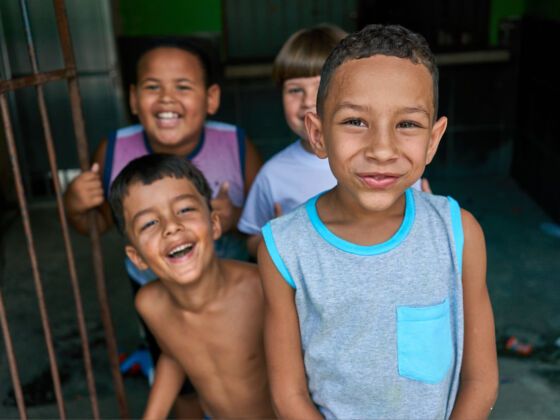It’s been just over a quarter of a century since the UN convention on the rights of the child. Though there have been several improvements since then, here are five ways the international community is still not protecting children’s rights around the world:
1. Still not declaring ourselves on board with children’s rights
The United States is one of only three countries that have yet to ratify the UN convention on the rights of the child. Our only company: Somalia and South Sudan.
